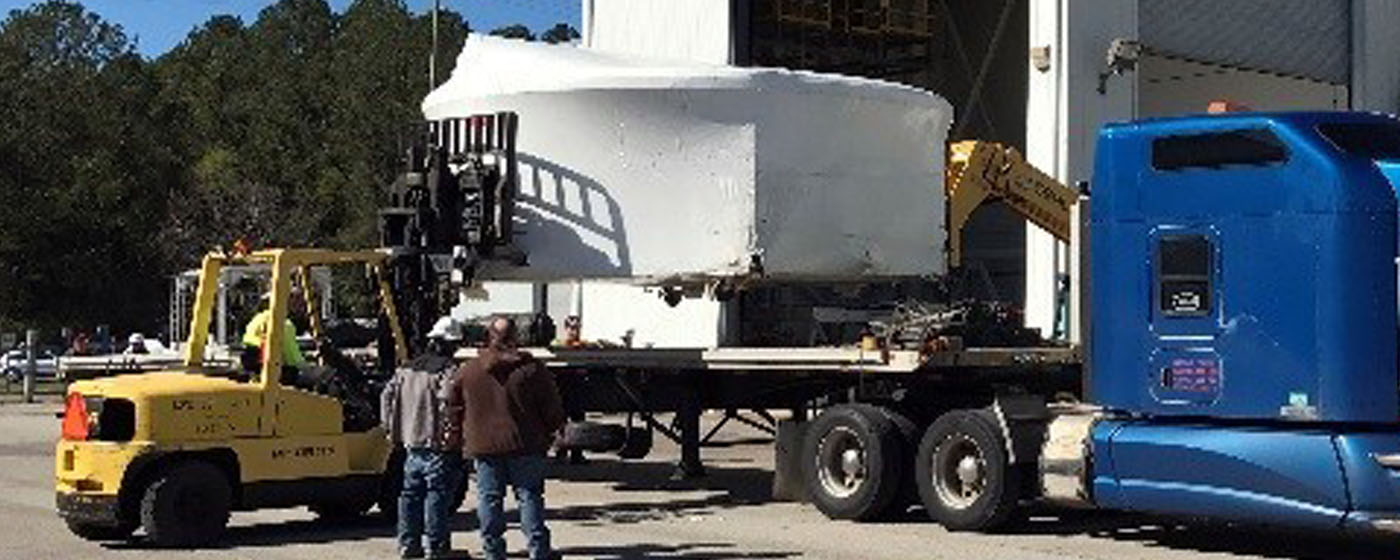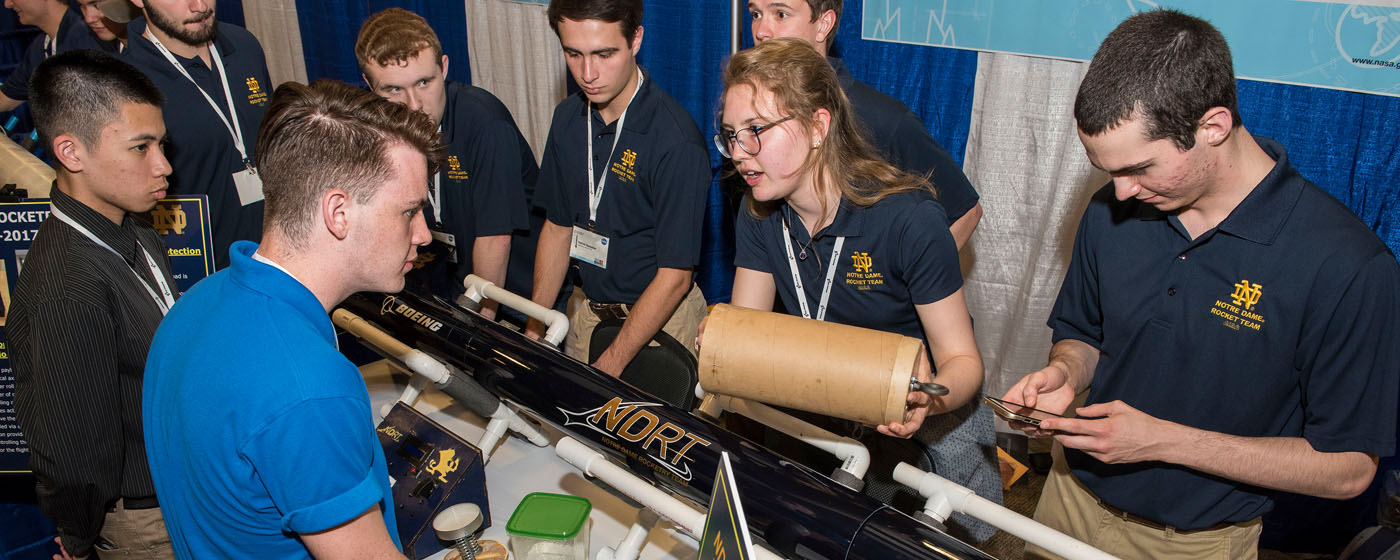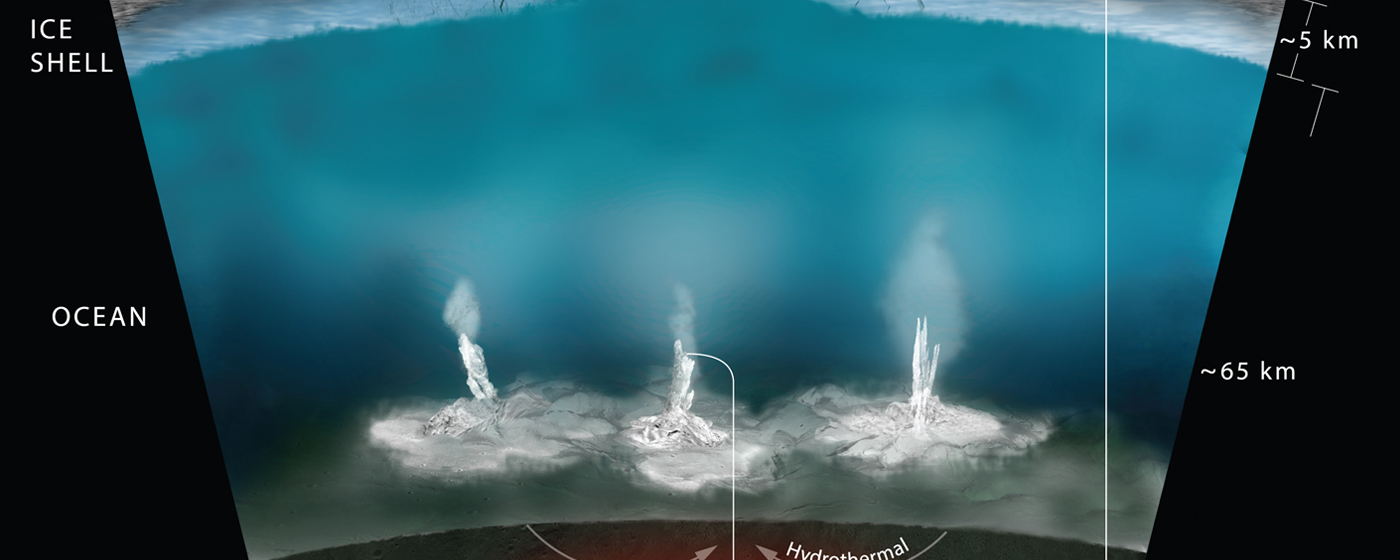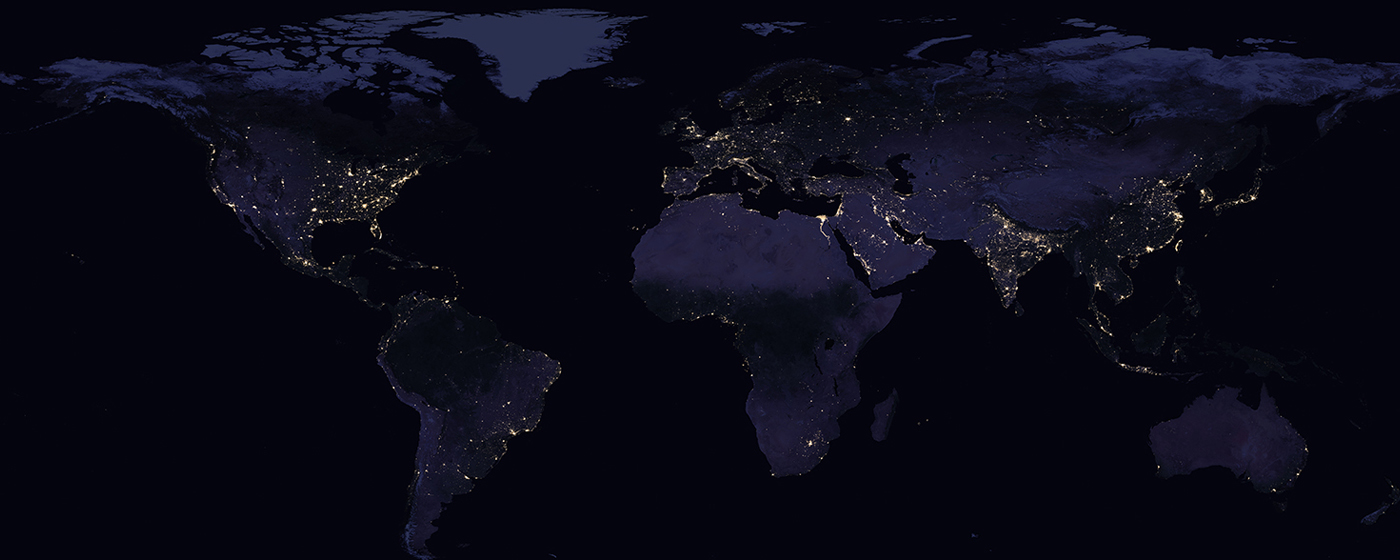Orion Stage Adapter Diaphragm Arrives at Marshall for Testing
The completed Orion Stage Adapter diaphragm has arrived for testing at NASA’s Marshall Space Flight Center from Janicki Industries’ Hamilton, Washington facility. The adapter will attach NASA’s Orion spacecraft to the Space Launch System, and the diaphragm will keep launch vehicle gases from the spacecraft.
NASA Announces Preliminary Award Winners for 2017 Student Launch
After last weekend’s rocket launches NASA announced the during the 2017 Student Launch preliminary winners this week at an awards ceremony hosted by Orbital ATK of Promontory, Utah. Fifty middle and high school, college and university teams from 23 states launched their student-built rockets at Bragg Farms in Toney, Alabama, near Marshall.
NASA Missions Provide New Insights into ‘Ocean Worlds’ in Our Solar System
Two veteran NASA missions — the Cassini mission to Saturn and Hubble Space Telescope — are providing new details about icy, ocean-bearing moons of Jupiter and Saturn, further heightening the scientific interest of these and other “ocean worlds” in our solar system and beyond.
One NASA Astronaut Comes Home, Another Extends Stay on Space Station
While NASA astronaut Shane Kimbrough returned safely to Earth from the International Space Station this week, fellow crew member Peggy Whitson added three months to her record-breaking stay on the orbiting laboratory. Whitson, poised to break the U.S. record for cumulative days in space, took command of the station April 9.
‘Night Lights’ Shine in NASA’s First Image of Earth at Night Since 2012
NASA scientists released new global maps of Earth at night this week that provide a clear composite view of the patterns of human settlement across our planet. Satellite images of Earth at night — often referred to as “night lights” — have been a gee-whiz curiosity for the public and a tool for fundamental research for nearly 25 years.
For more information or to learn about other happenings at NASA’s Marshall Space Flight Center, visit NASA Marshall. For past issues of the ICYMI newsletter, click here.





























